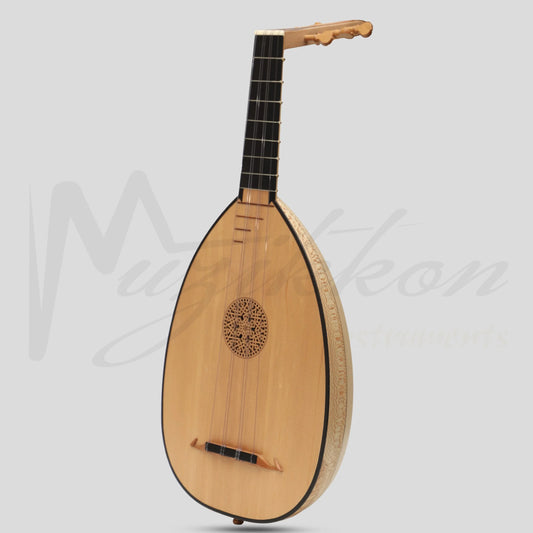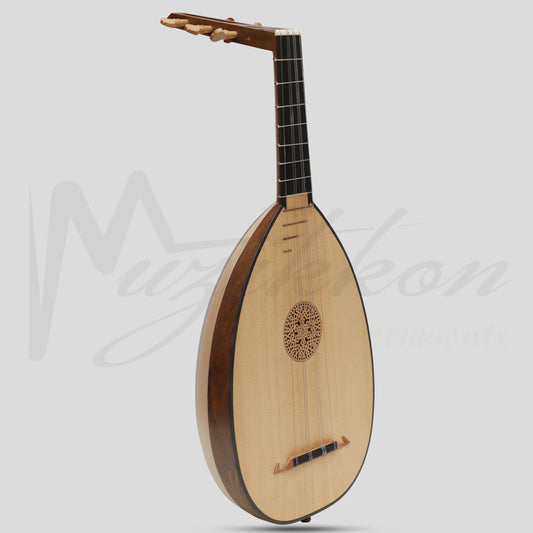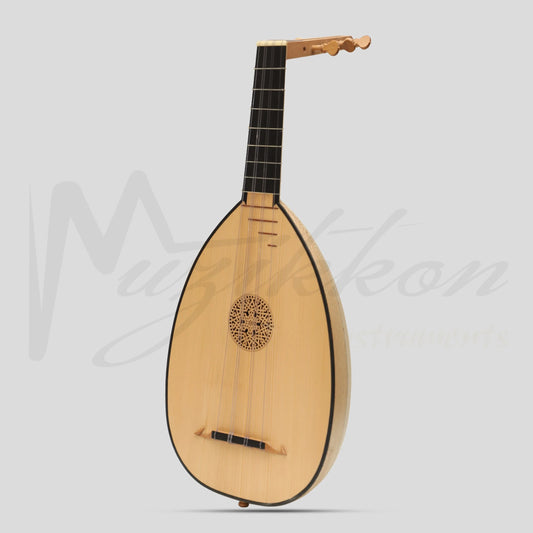Choosing the right instrument can be challenging, especially when exploring variations like the lute ukulele and the traditional ukulele. While both offer unique characteristics, understanding their differences will help you decide which suits your playing style, musical goals, and aesthetic preferences.
Understanding the Traditional Ukulele
The traditional ukulele is a versatile instrument known for its light build, bright sound, and simple chord structure. Originating from Hawaii, it typically features four nylon strings and comes in various sizes such as soprano, concert, tenor, and baritone. Each size produces a slightly different tone, with soprano being the brightest and baritone offering a deeper, richer sound.
Traditional ukuleles are ideal for beginners due to their straightforward tuning and comfortable fret spacing. They excel in strumming patterns, fingerpicking, and casual jam sessions. Whether you're playing pop, folk, or Hawaiian music, the traditional ukulele is an accessible and enjoyable choice.
For a range of ukulele options, Muzikkon offers an extensive collection designed for players at all levels.
What is a Lute Ukulele?
The lute ukulele combines the features of a traditional ukulele with the design elements of a lute. This hybrid instrument retains the standard ukulele tuning but adopts a rounded back similar to traditional lutes, which enhances sound projection and tonal depth. The distinctive body shape offers a richer, more resonant sound, especially in smaller performance spaces.
Lute ukuleles often appeal to musicians drawn to historical or baroque-style instruments. Their unique design also makes them visually striking and a great conversation starter for performers or collectors.
To explore a variety of lute ukuleles for sale, Muzikkon offers finely crafted models with impressive tonal range.
Key Differences to Consider
Both the lute ukulele and the traditional ukulele have their strengths. Here’s a closer look at some differences to help you decide:
1. Sound Projection
-
Lute Ukulele: The rounded back enhances volume and depth, making it ideal for solo performances in intimate settings.
-
Traditional Ukulele: Produces a brighter, more percussive sound suited for group play, casual strumming, and upbeat styles.
2. Playing Style
-
Lute Ukulele: Often preferred by players interested in classical, baroque, or fingerstyle techniques due to its warm sustain.
-
Traditional Ukulele: A great fit for simple chord progressions and rhythmic strumming patterns.
3. Design and Comfort
-
Lute Ukulele: The curved back may require some adjustment in playing position, especially for beginners.
-
Traditional Ukulele: Flat-backed and lightweight, making it easier to hold and play for extended periods.
4. Visual Appeal
-
Lute Ukulele: Its distinct appearance often appeals to musicians seeking something different or historically inspired.
-
Traditional Ukulele: A classic, minimalist design that’s familiar and widely available.
Which One Should You Choose?
Your choice depends on your musical goals. If you’re looking for an easy-to-play instrument that fits a variety of genres, the traditional ukulele is a solid choice. On the other hand, if you enjoy exploring historical instruments, fingerstyle playing, or want a richer sound, the lute ukulele offers a distinctive alternative.
For those exploring baroque music or historically inspired designs, consider checking out our Baroque Ukulele String Instruments for additional options.
Finding the Right Instrument for You
Whether you’re drawn to the familiar charm of a traditional ukulele or the distinctive sound of a lute ukulele, Muzikkon offers a wide range of musical instruments for sale to suit your needs. Take the time to explore your options, listen to sound samples, and choose the instrument that feels right for you.








